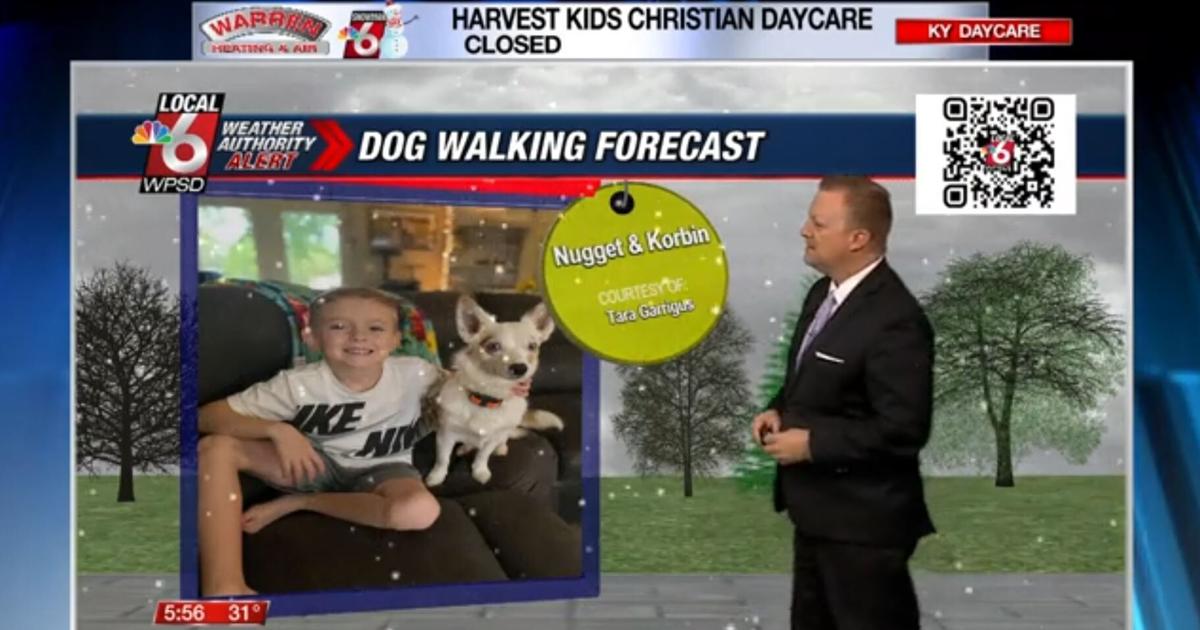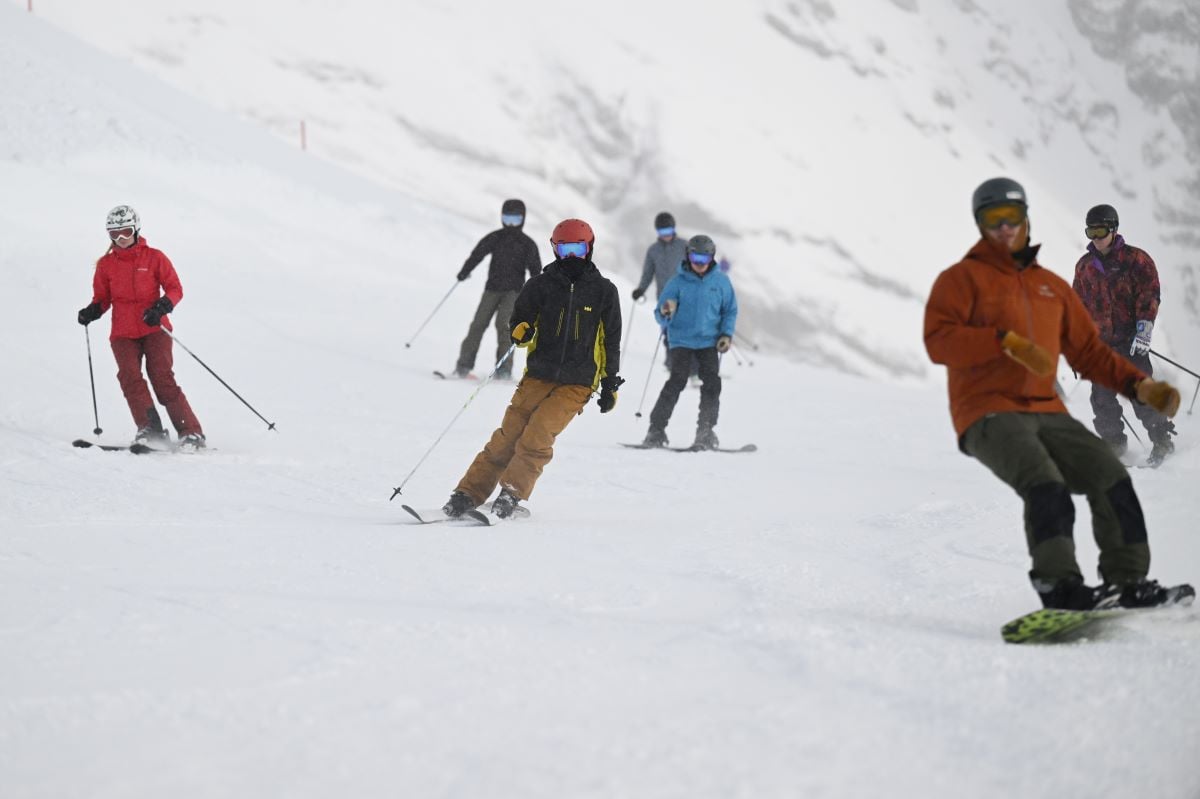Nick Rogers is an Auckland-based engineer and director, and a leading expert on natural hazard resilience and risk.
OPINION: Awakening on Friday morning, the first thing I did was go onto the Met Service website to look at the Auckland weather forecast.
A river of rain showed up clearly on the projected weather map. Would the Elton John concert be cancelled? If not, was it still a good idea to go?
I understand rainfall, and stormwater runoff. With a masters degree in hydrology, I started my professional career doing flood modelling. Living in Malaysia I experienced monsoonal rains. The warmer the temperature, the higher the rainfall intensities and the greater the amount of flash flooding.
In full wet weather gear, we took a bus from the North Shore into Auckland CBD.
READ MORE:
* Govt to relook at proposed emergency management law after Auckland mayor’s flood handling
* Why the silence of Auckland Mayor Wayne Brown matters
* Countdown to Chaos: As Aucklanders were desperately seeking safety, officials were silent
At 4.50pm near Commercial Bay, in torrential rain, a man walking towards me slipped on the flooded footpath and fell heavily onto his back.
Stepping off the footpath to help I went up to my thighs in water. Just like Malaysia I thought.
At 5.30pm we checked on the concert. It was still on. No advisories from Auckland Council. So, in pouring rain, we boarded the next bus to the stadium. The time was 5.45pm.
It would take us 30 minutes to travel to Stanley St, and 30 minutes to pass the Penrose off-ramp past the closed Penrose rail station.
STUFF
Auckland Mayor Wayne Brown and other officials were grilled by media about the timing of the state of emergency declaration on Friday evening.
The bus was now at a crawl. Police sirens were a constant noise, and images started to appear on cellphones of flooded cars and closed roads. A major disaster was clearly unfolding.
Our off-ramp was another one closed. It was now after 7pm and stories were appearing on social media of flooding across Auckland. We were still an hour away from the stadium.
Alarms should have been going off in Auckland Council that a major disaster was underway. The Mayor says he was in the office from 4pm.
Just before 7.30pm we were informed that the concert was cancelled because it was too dangerous to proceed. This was far too late, as almost all the 40,000 concert goers were already there.
The bus driver informed us that contractually, he still had to proceed to the stadium, but that we could stay on the bus and he would try to get us back to the CBD.
Auckland Zoo/Supplied
Extraordinary scenes emerged across Auckland as Friday’s deluge worsened. Auckland Zoo was one of many well-known city landmarks transformed into lakes.
Arriving at Mt Smart about 8.15pm we were greeted by long lines of sodden people hoping for an empty bus, but many had realised that help was not on its way and were walking.
On the way back along Great South Rd we passed flooded commercial premises and flooded houses down side streets.
We picked up three Australian tourists who had come across for the concert. They had been walking for more than an hour and had resorted to praying on the footpath.
Along Broadway we passed more flooded commercial premises, and then down through Parnell, and there, at the intersection of Stanley St, the spot we had passed four hours earlier, was what appeared to be the ocean.
I understand that Ports of Auckland have continually refused to allow Auckland Council to construct a stormwater outlet beneath Quay St to prevent this area from flooding.
Dan Willdridge
Water floods an Auckland bus travelling back from the cancelled Elton John concert on Friday night.
Like the double-decker Auckland Transport bus that had gone sometime before us with knee-deep water inside, we headed into this brown sea hoping for the best.
The flooding we had seen during our four hours on the bus was extraordinary. We were lucky. More people could easily have died.
Stay home, stay dry and stay safe are hollow words when you are already out in floodwaters at night trying to get home.
Unfortunately, some of those homes were by then engulfed in 2 metres of water – above the height of the Mayor.
So, given the “river of rain” that was clearly evident, and the monsoonal intensities that started to arrive and be recorded around 5pm, and the car strandings and road closures that were occurring around 7pm, why was a state of emergency not declared and announced earlier?
The Mayor says that within two minutes of being asked to declare a state of emergency he signed on the dotted line.
I wonder.
./Stuff
Nick Rogers QSO is a natural hazards specialist with decades of experience in helping respond to natural disasters around New Zealand.
I have attended just about every natural disaster, and all associated civil defence emergencies, throughout New Zealand, starting with the Abbotsford landslip disaster in Dunedin in 1979.
In Northland I attended the major flooding disaster in February 1999. A state of emergency was declared by the Mayor, Yvonne Sharp.
A major landslip and flood disaster occurred again in Northland in July 2007, and again Mayor Sharp declared a state of emergency.
A week later Wayne Brown declared he was standing for Mayor of the Far North and fired his first shot at Sharp, reportedly saying she was wrong to declare a state of emergency following the floods of the week before.
Brown reportedly said that there was no need for a state of emergency to be called. “The place had already been through one set of floods back in March and everyone seemed a lot better prepared for this event, so I can’t see why we needed to have a state of emergency. It just wasn’t necessary”.
I attended both disasters and Yvonne Sharp was correct in declaring the state of emergency in July 2007.
In Auckland on Friday, thousands of people were put at risk, and some died. Wayne Brown is blaming others for the inaction in not declaring a state of emergency earlier. But I have a nagging feeling that Wayne Brown possibly felt, just like he did in July 2007, that it was “just wasn’t necessary”.





















Discussion about this post